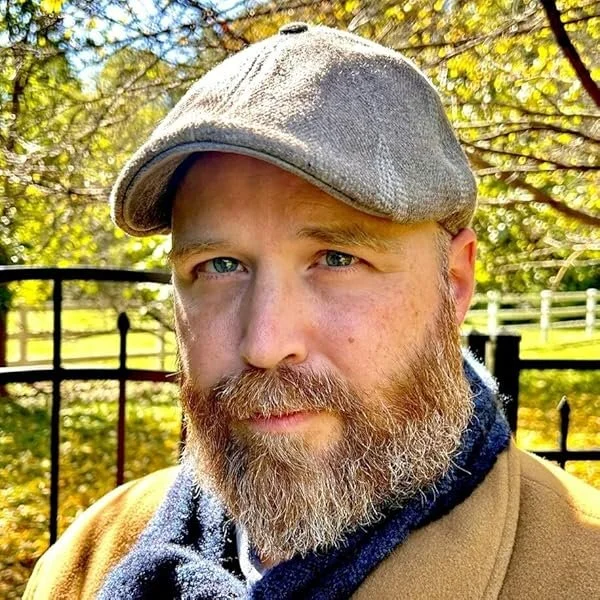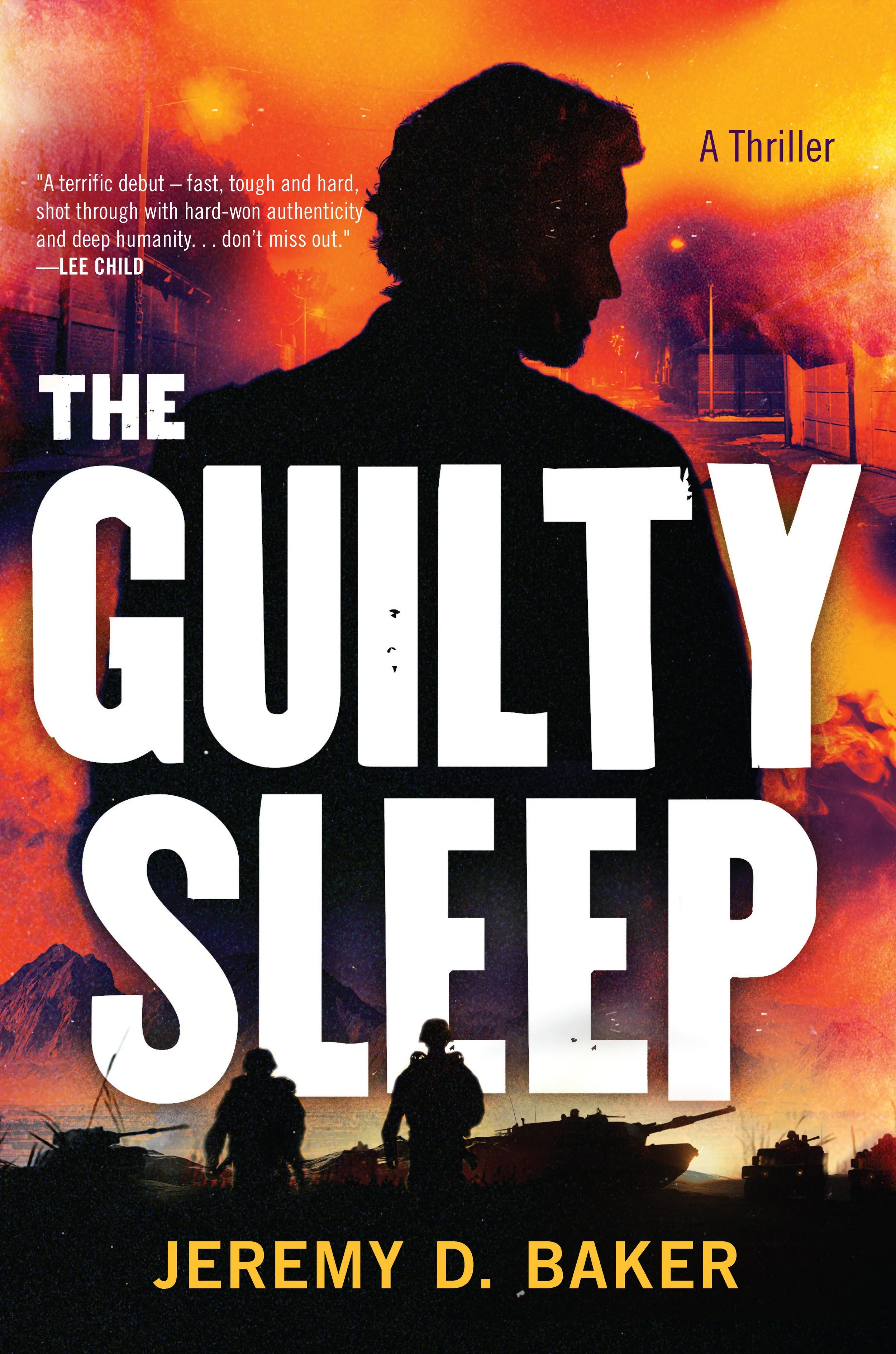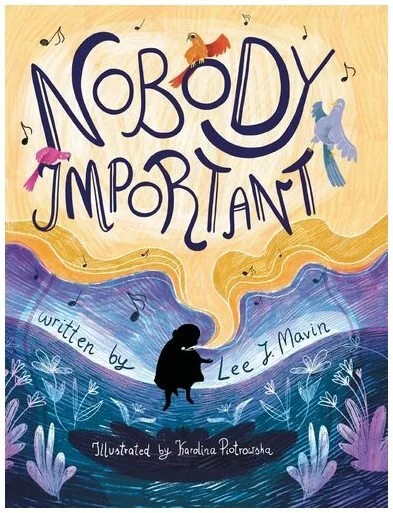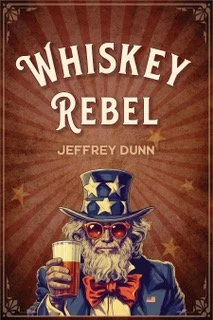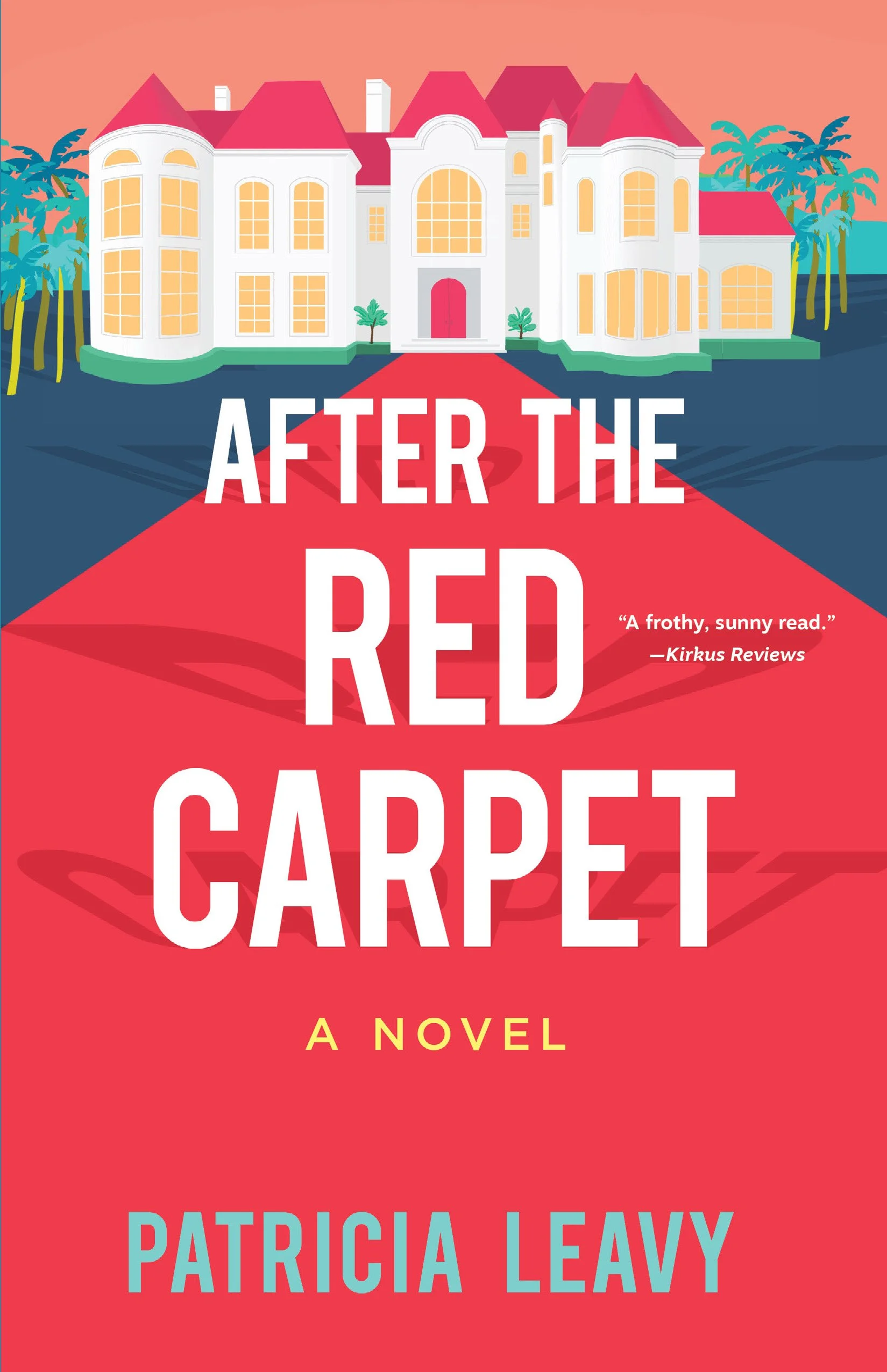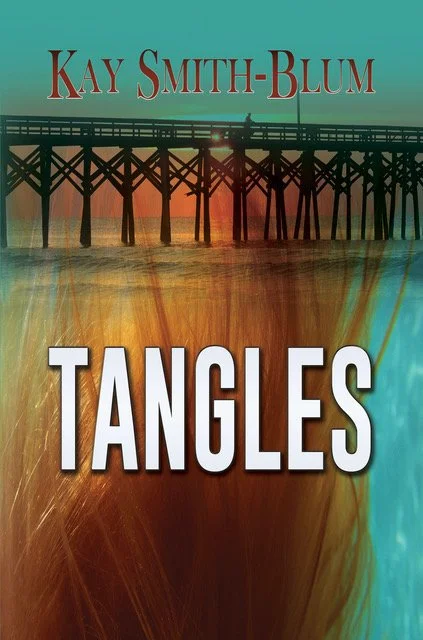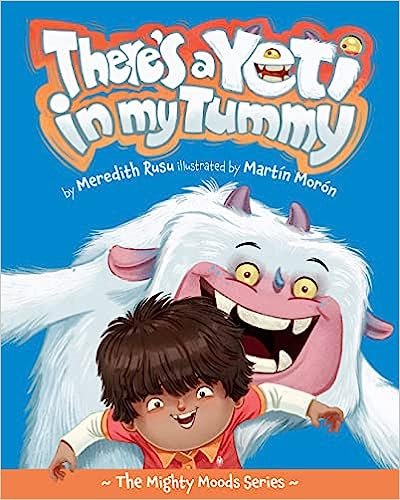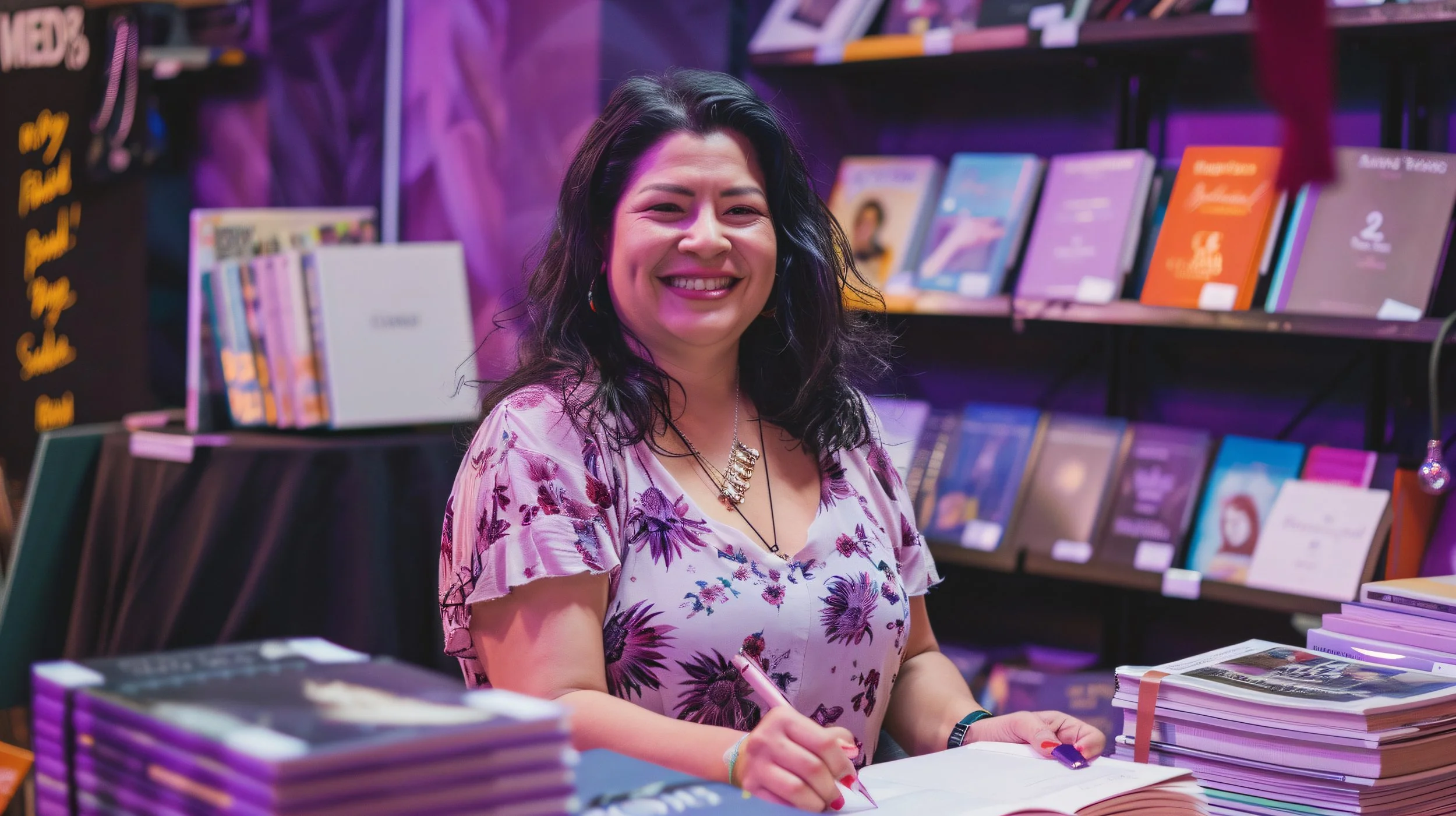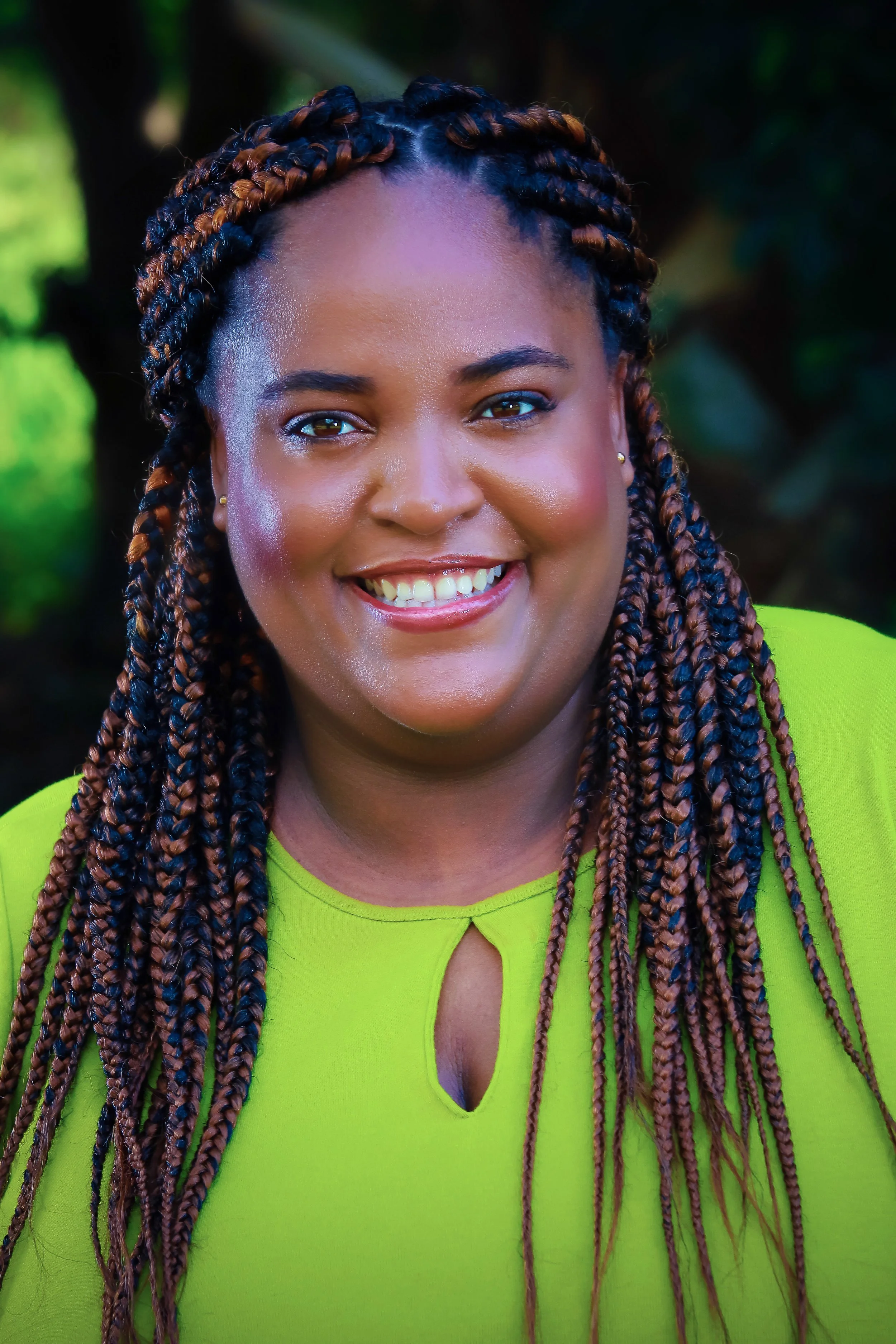Q&A with Jeremy Baker, The Guilty Sleep
/The Guilty Sleep explores the emotional toll of war and what happens when past allegiances collide with present danger. What inspired this story? Was there a particular event or idea that sparked it?
Totally! I’m an Afghanistan combat veteran who struggled with PTSD after my deployment, which was predicated in large part on a central event mirroring something that happens to the protagonist in The Guilty Sleep, Dexter Grant. Now, what Dex went through is far worse than what I did, but there are definite parallels there. So, his struggles after the end of his war were definitely influenced and inspired by my own. Also, I started writing The Guilty Sleep in the aftermath of the U.S. withdrawal from Afghanistan in 2021. Like many other vets who served there, I had a ton of complex, complicated thoughts and feelings about the situation. Two decades of war, so many friends and allies lost, so much destruction, so much blood spilled—what to do with all of that? In some ways, some of the underlying themes of the book spring from those very strong feelings. There’s a particular scene in the book, the veterans’ support group that Dex attends, where I allow those thoughts and feelings to come a little closer to the surface in the conversation of the characters in the scene. Many of the things that are said by the characters are things I’ve heard—or said -+myself—in conversation with other Afghanistan vets after the U.S. withdrawal.
Ultimately, what I wanted to do with The Guilty Sleep was (hopefully) tell a killer heist story while also exploring the themes of war, the emotional cost to warfighters, the bonds of camaraderie and family, and the desire to find and do the Next Right Thing.
Dexter Grant is such a layered character—veteran, father, husband, and reluctant criminal. How did he first come to you as a character?
Sometimes, entire stories come to me all at once. I’ll wake up with the idea fully formed, knowing exactly how the plot works and who the characters are. Dex came to me nearly so, although he was actually originally intended to be a her—Destiny Harper! Most of the story was exactly the same, though. As I approached the novel, I realized that to hit the right emotional notes and story beats, to make it feel as real as possible, I needed to get a little closer to the protagonist, put more of myself and my experiences and feelings into them, and Dex “Frogger” Grant came out of that.
The line between right and wrong gets very blurry. How did you approach writing the moral gray areas of the heist and Dex’s decisions?
A key theme of The Guilty Sleep is looking for the Next Right Thing, and what to do when that thing puts you at odds with your moral code. As an Army Counterintelligence Agent, we were trained to spot, assess, and recruit sources of information. A large part of recruiting a source is convincing someone that perhaps their Next Right Thing is in fact betraying their own country, terrorist, or criminal organization and providing information to the U.S. military. The motivation for this betrayal can be any number of things, from providing a financial incentive to appealing to someone’s moral code to serve a greater good. I tend to see the world in large swathes of black and right (probably as a result of my conservative Christian upbringing) with a huge gray area in the middle (probably a result of my lived experience working counterterrorism, intelligence, and national security). Really, when it came down to it, I put myself in Dex’s shoes as much as possible. What would I do if I was truly desperate, facing crushing debt and losing my family, my kid in need of an eyesight-saving surgery, and then I had an opportunity to fix all the financial burdens while at the same time saving the life of the man who saved my own? Would I be able to say no to that? Fortunately, I haven’t faced that exact choice!
Were there any scenes that were especially difficult to write, emotionally or technically?
Two scenes really stand out for me:
There’s the scene I already mentioned where a group of veterans discuss their feelings about the withdrawal from Afghanistan. This was a really difficult scene to write, because I both wanted to accurately capture my own challenging thoughts and feelings (sadness, frustration, resignation, anger) while also accurately sharing the various points of view I’d heard from other vets, some of which I agreed with and some with which I disagreed. And then, I needed to tie the scene into the movement of the book’s plot, so that it wasn’t just sitting there as a kind of self-indulgent navel-gazing discourse.
The second is a scene where Dex meets his daughter and his estranged wife at a local park. As a devoted husband and father, it was really difficult to paint a picture of a family at the breaking point, mixing Dex’s love for his wife and daughter with the pain of their separation (and the root causes behind it) and his searing desire to make it all right, his willingness to take a desperate (and ultimately Very Bad) gamble, and his wife and daughter’s feelings as well. This was an incredible complex and challenging scene for me.
What was your debut publishing journey like? Any surprises, lessons, or moments of doubt?
Publishing is almost exclusively crippling self-doubt punctuated by moments of terror, disappointment, uncertainty, and, yes, jubilant elation as well. At least it was for me. I remain convinced that any author who says they don’t face moments of self-doubt is either delusional, a big ol’ liar, or someone who’s enjoyed sustained success for so long that they could write anything and it would be an instant best-seller. The main lesson I took from this journey is twofold: tell the story only you can tell, and tell it in the way that only you can, and if you’re going to pursue traditional publishing, you need dogged determination, some luck, and a tremendous agent.
Who are your biggest literary influences?
Oh wow, there are so many in so many genres. When it comes to the crime/thriller genre, I love and admire James Crumley, CJ Box, SA Cosby, Jordan Harper, and Laura Lippman. I also read and write in a few other genres and take great joy and inspiration in writing from NK Jemisin, T Kingfisher, James SA Corey, Joe Hill, Chuck Wendig, and more. If I could write like anyone, I’d be Marcus Sakey crossed with Neal Stephenson.
Your dream casting for Dexter in a film or series adaptation?
I’ve definitely thought about this one. Out of left field choice, Rob McElhenney. He’s known for comedy, but he’s got great dramatic chops too and I think he’d be a great fit. Aaron Taylor-Johnson would be great as well. If we’re gonna cast someone opposite Dex in the character of his old team leader, mentor, and partner Staff Sergeant Saenz, give me either Charlie Hunnam or Jon Bernthal.
About The Guilty Sleep:
No one gets hurt is a fine plan. A worthy goal. But when it comes down to the moment, there’s always plenty of hurt to go around.
Afghanistan vet Dexter Grant is broke, reeling from PTSD, and on the verge of divorce when he’s approached by his old Army buddies to help rescue their former interpreter, the man who once saved Dex’s life. It means ripping off a vicious queenpin’s drug proceeds—but not to worry, they have it all worked out. And if anyone can pull it off, it’s Dex’s former team lead, Staff Sergeant Saenz.
Tempted by an easy score that could make his own problems disappear and imbued with new purpose, Dex agrees to play his part in the scheme. But just as in combat, the best-laid plans don’t survive first contact with the enemy. When the heist goes off the rails, his wife and daughter become targets for bloody revenge. Dex must face down his spiraling inner darkness and call on all his strength and training to save his girls. In his quest, he’ll learn there was much more to this heist than he ever imagined.
Jeremy D. Baker bursts onto the crime fiction scene with this debut thriller that recalls C. J. Box’s unlikely hero Joe Pickett and the small-town, lived-in noir of S. A. Cosby. Told from three revolving points-of-view, The Guilty Sleep is a riveting tale of robbery and betrayal in which a father’s love faces off with a soldier’s debt.
Buy on Amazon Kindle | Hardcover | Bookshop.org
